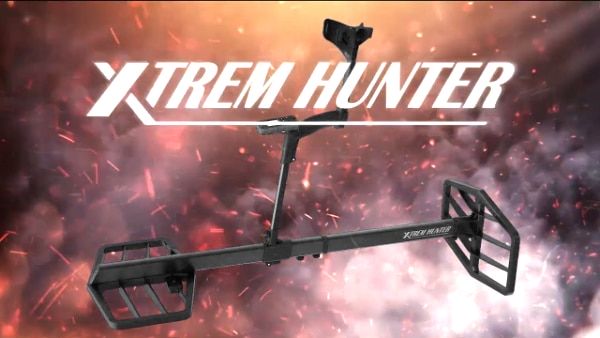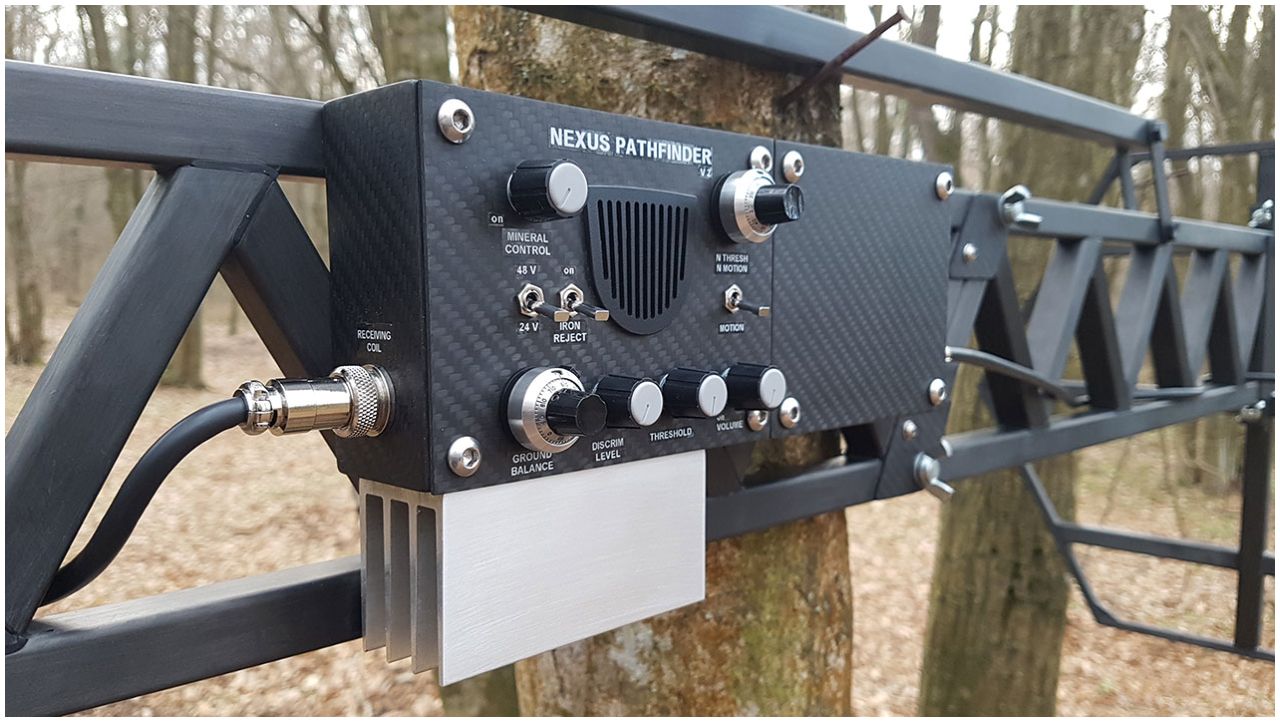
It was to be expected that XP would release something new, the expectations were high. Have I been disappointed personally? Why? For a simple reason, two-box is not in my area of interest, one, because I have a Nexus Pathfinder, which is unbeatable, and two, I was hoping for a new probe. Such HF for XP DEUS II would be something but to the point.
In the video preview below, we see a very cool, wireless device weighing 2.9 kg. Knowing the build quality of the XP it will be a hit, but what about the performance? First of all, wireless technology makes no sense in such a device for finding large artifacts. A complete waste of time, and secondly, the SMF device will be very susceptible to EMI interference, especially wireless ones! This is how it is and it is visible in the SMF field, because it works at a minimum of two frequencies and at the same time swallows interference like a pelican catches a fish. You will not find this in PI or IB devices. They are simply quiet and stable even in the vicinity of transmitters or under transmission lines. A big drawback. The manufacturer declares work stability, but he has different soil conditions in mind, from high mineralization to salty substrates. It also promises to discriminate against medium-sized and iron objects, which is a plus.
So how does this relate to reality, separating the marketing gibberish?! The truth is cruel. The new XP products will not have the performance of IB or Pi devices. It’s not that class of possibilities. I would treat it more as a goodie and an extension of the offer, although I do not rule out this idea. The static itself in the XP DEUS I model was simply brilliant, although very few people used it. It can be similar here, we will see how identification and discrimination, because it can be the proverbial game changer. Everything is in the hands of programmers.








